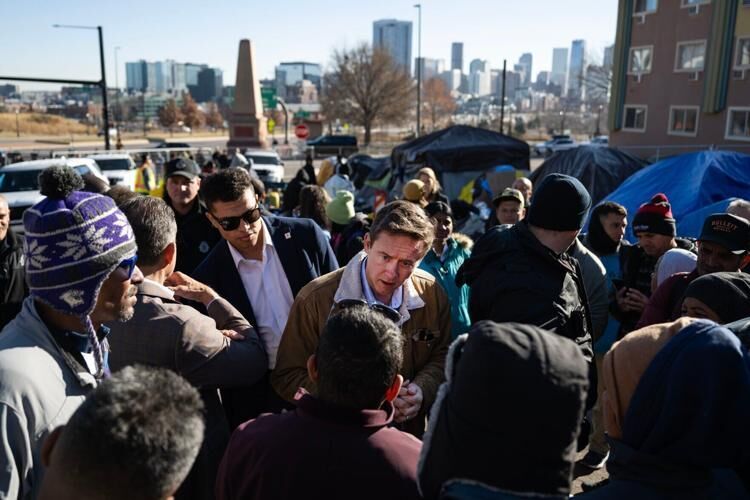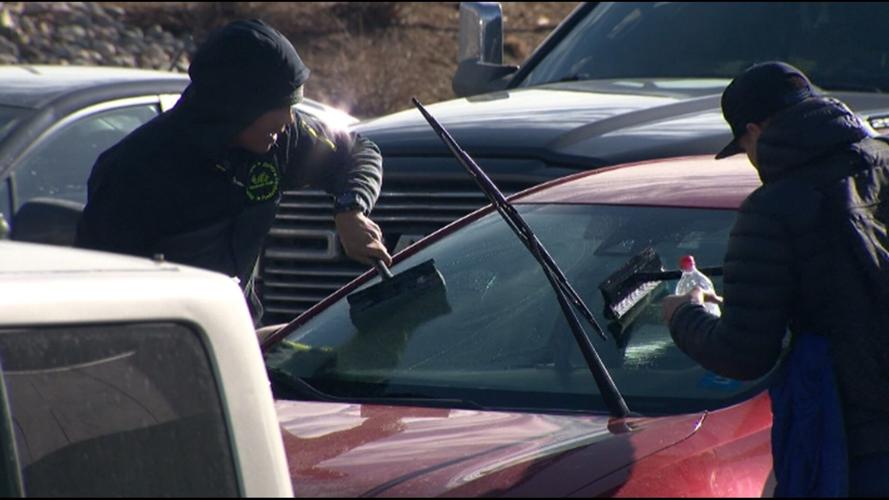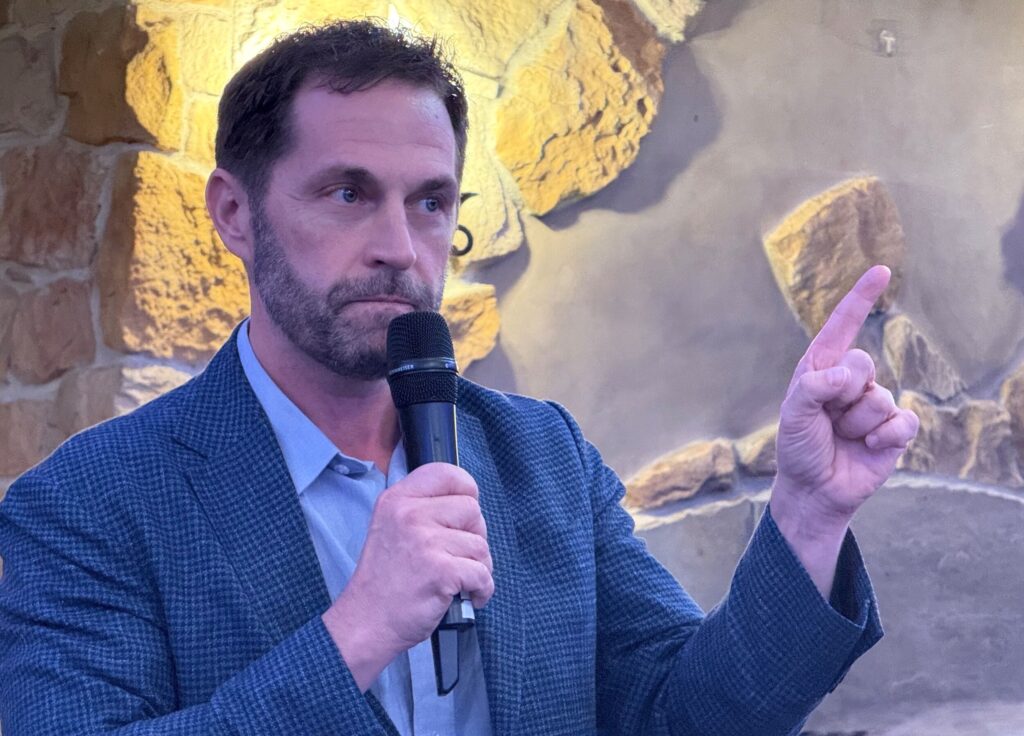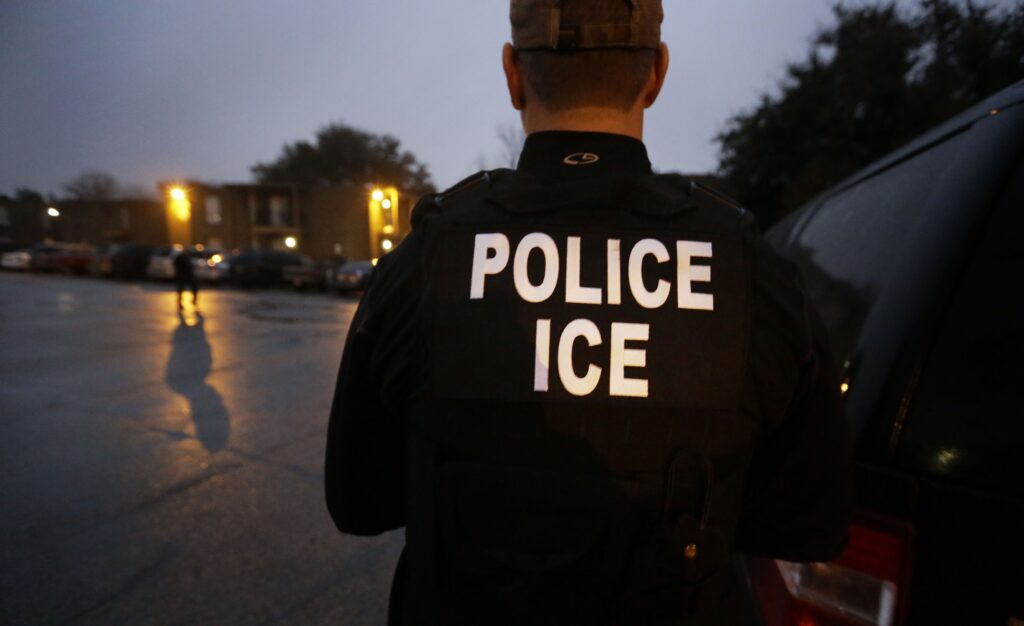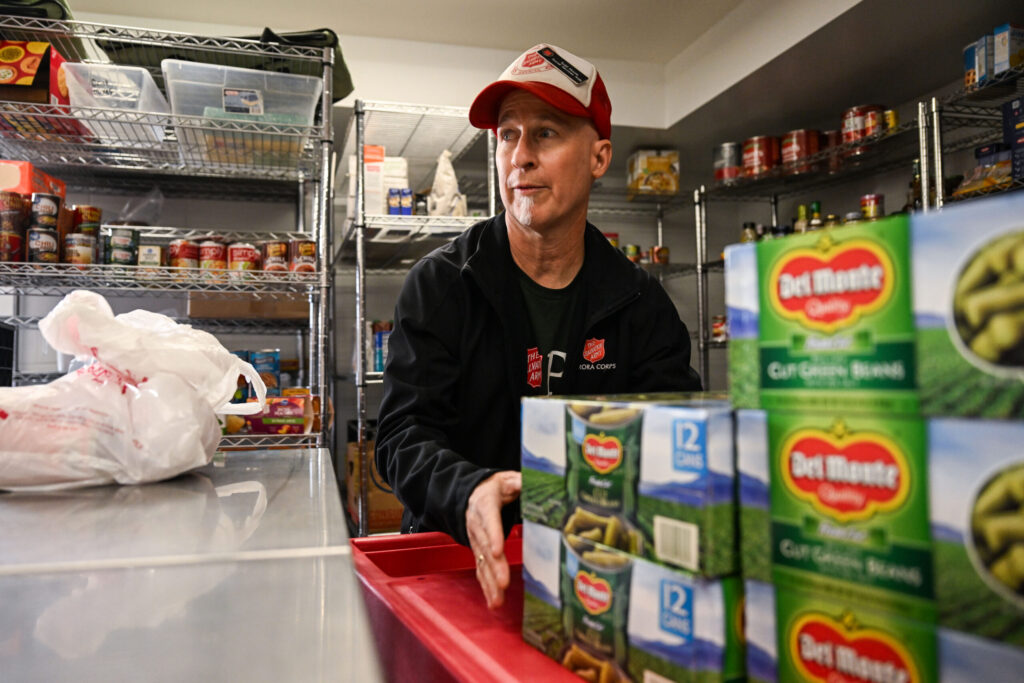How many immigrants are working in Denver? Officials don’t know
At numerous intersections across the Denver metro region, immigrants jockey to scrub windshields for tips before the red light turns green.
They’re among the most visible manifestations of the illegal immigration crisis that has spilled into America’s interior cities, notably Denver.
But of the 40,000 immigrants who arrived in the city after illegally crossing America’s southern border over the past 16 months, city officials do not know exactly how many have remained here.
Officials also do not know how many are looking for work.
The city has been investing heavily in helping the immigrants gain the ability to work legally in the United States. Under Mayor Mike Johnston’s plan to spend $90 million on the crisis, the city earmarked nearly $10 million for work authorization and asylum clinics and workforce training.
Johnston defended spending nearly $100 million at a news conference on Wednesday, arguing that immigrants — whether they entered the country legally or illegally — have provided a boon to the country in the past. Notably, he said, providing services for acquiring work authorizations would help fill many of the workforce shortages in the city and across the region.
“This is a plan that is going to better serve migrants who arrived in the city and better allow them get to work to actually support the city and to support themselves and to support industries that have open jobs,” Johnston said. “This helps resolve (frustrations) by getting people access to work, protects the city budget and making sure we get people access to service.”
So far, Denver has helped about 1,600 immigrants with their work authorization applications.
This represents just 10% of immigrants who are likely seeking work in the city, based on an analysis by The Denver Gazette that assumed several factors.
Consider these figures.
The city has “supported” 40,874 immigrants as of Thursday morning, mostly from South and Central America.
Early in the crisis, state and local officials had estimated that 70% intended to resettle elsewhere in the United States. But bus, plane and train tickets purchased for immigrants traveling elsewhere suggest that fewer than half have left.
If the purchases for onward travel hold true, that means about 20,400 immigrants — many from Venezuela — have chosen Denver as their new home.
To get a better grasp of how many immigrants might be seeking jobs in the metro area, The Denver Gazette looked at a national study by The Pew Research Center that estimated about 74% of the nearly 11 million unauthorized immigrants in 2021 were in the workforce.
If Denver mirrors the nation, that means — of those likely remaining in Colorado’s most populous city — roughly 15,169 immigrants are likely looking for work.
Keeping an accurate tally is very difficult, according to Denver Human Services spokesperson Jon Ewing.
Part of this is due to the sheer volume of immigrants who have arrived in the city. Former Mayor Michael Hancock labeled the surge as a crisis when it began late in his final term. In May of last year, Hancock complained that Denver’s finances “are at the brink.”
The fiscal crisis has only deepened.
Since December 2022, the city’s immigration response has cost taxpayers about $68 million. Of that amount, the city spent $35 million just in the past four months.
This week, Johnston said the city is poised to spend $90 million in the current fiscal year — money the city cobbled together by freezing or staggering hiring of about 160 vacant positions and pulling money from several places, including from capital funds, technology projects, services and supplies.
Ewing, the human services spokesperson, said comparing the immigration crisis to Denver’s initiative to house homeless people is practically impossible. The city closely tracks the number of homeless people it has served.
“House 1000 is an incredible undertaking, but we’ve had 40,000 people … And once they leave shelter, we don’t track them,” he said. “Even when it comes to the people we’ve assisted with housing and getting apartments, there’s a nonprofit putting them into actual housing and the nonprofit that holds the lease.”
Ewing likened the process to changing jobs: Once employees have left a company, they are no longer tracked by that business.
This is similar to Denver’s immigration response, Ewing said.
Of the 1,600 applications for federal work authorization, 97% have been “successful,” according to Ewing’s “running tally.”
Many of those people have used the Customs and Border Protection’s CPBOne mobile application, which launched in October 2020 and simplified the process, according to Ewing. Now, the city has to work with people who want or need asylum claims, which is a more involved and time consuming process.
“If you came in through CBPOne and you apply for work permit, you’re almost certainly going to get it,” Ewing said. “The frustrating thing is we’ve pretty much worked through almost everyone who has (used CBPOne), so now we’re down to people whose only way to get work is to file for asylum and wait six months.”
The recent surges at the southern border indicate previous studies on immigrants — such as Pew’s in 2021 — have limitations.
For example, Pew estimated that only about 7% of the 160,000 unauthorized immigrants living in Colorado three years ago were school-aged children, as historically, unauthorized immigrants in the U.S. have primarily been adults from Mexico.
That equates to about 1,429 children.
Far more than that, though, have enrolled in Denver Public Schools.
As of March, Denver has seen 3,767 immigrant students, said Scott Pribble, a district spokesperson.
The $90 million Johnston said Denver is allocating for the immigration response doesn’t account for other expenses, notably the cost of educating children.
At the state Capitol, lawmakers are considering an operating budget that covers the recent influx of immigrants into the public education system, with $24 million coming from the state education fund to cover the increased enrollment. The K-12 budget also includes 10% more funding for English language learners.
It’s unclear when — or how much — fiscal relief is coming to Denver. The state and federal government have reimbursed the city roughly $14 million, with the remaining cost being borne by the city’s taxpayers.
The issue of allocation will play out again later this year, when FEMA is expected to release additional funding to the states.









